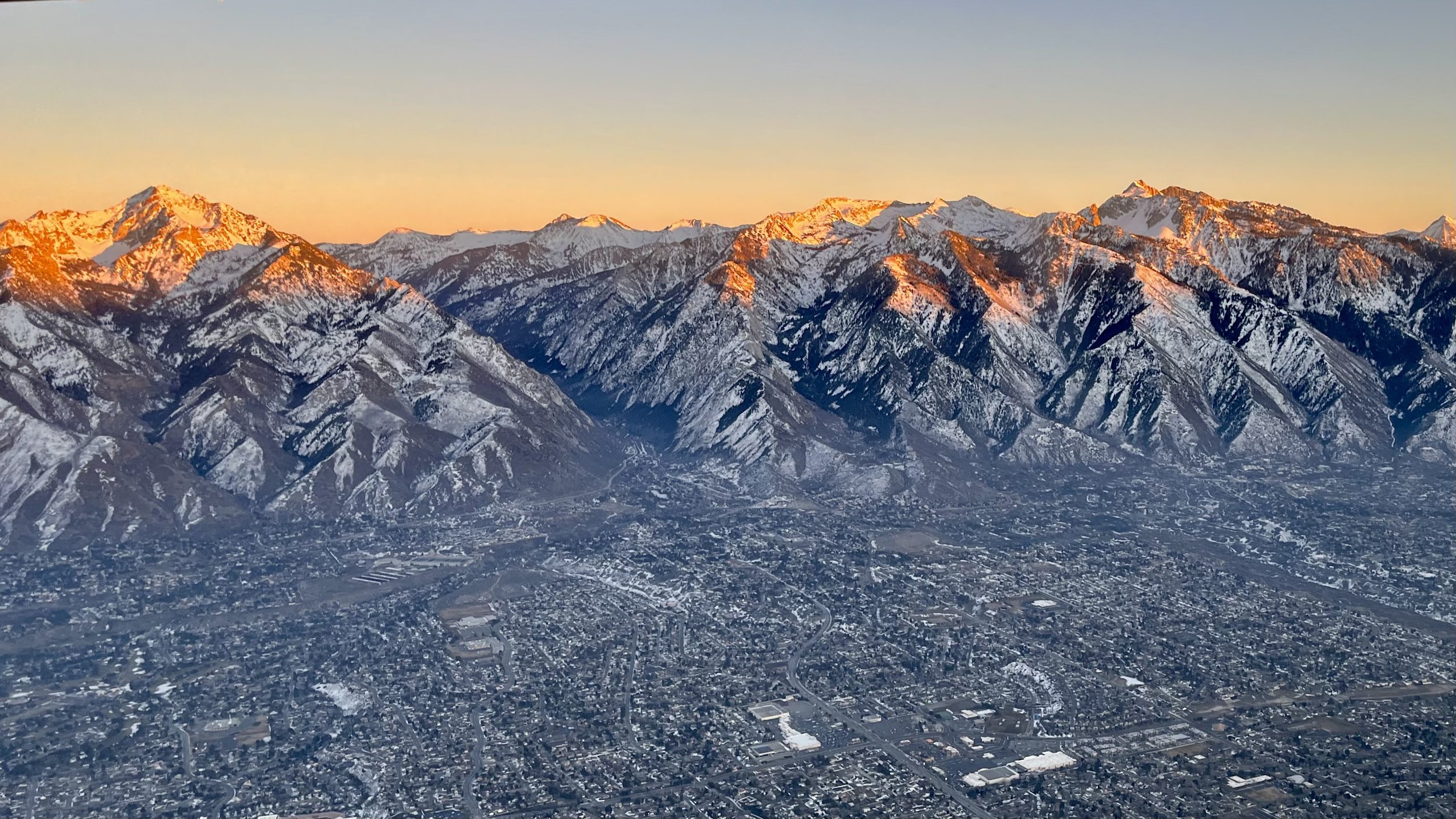
A Short History of the Granite Community
The Gateway to Little Cottonwood Canyon
Temple Quarry, established in the 1860’s
The Granite Community was originally settled in the late 1850’s and early 1860’s. It is located in southeast Salt Lake County and includes areas in Little Cottonwood Canyon and in and around the mouth of the canyon.
Granite is best known for the Temple Quarry which began operation in 1959. Stone from this quarry was used to build the LDS Salt Lake Temple, the Utah State Capital and several other homes and buildings in the Salt Lake Valley. In the 1990’s the quarry was reopened to provide stone for the LDS Conference Center which is adjacent to the LDS Salt Lake Temple.
Adjacent to the Quarry is the Granite neighborhood called Wasatch Resort. It was one of the first Granite neighborhoods and has historic significance as a hiding place for LDS Church leaders as they hid from U.S. Marshals during the time of polygamy.
Solomon J. Despain was the first town leader and LDS Bishop in Granite. According to his biography, he settled in the mouth of the Canyon in August of 1861. For more than 100 years after its settlement Granite was a small community of a few hundred residents. In 1904 what is an LDS chapel was built. Its foundation is Temple Quarry granite, and the chapel still stands today. It is located at the corner of 3100 E and 9800 S in unincorporated Granite.
Granite is the only pioneer community in Salt Lake Valley that has not been absorbed into a large municipality.
Granite Chapel, built in 1904
In 1945, the residents of Granite formed the Granite Civic Committee. While Granite was and is part of unincorporated Salt Lake County, the Civic Committee interacted with the County Government on planning, zoning, and municipal services issues. It also planned and carried out community events. The Granite Community has a 4th of July celebration, including flag ceremony, pancake breakfast, parade, and carnival, that has been held continuously since the early 1940’s.
In the 1970’s suburban sprawl reached Granite. Farm fields and vacant fields were turned into subdivisions and Sandy City, the neighbor to the west, began to aggressively annex portions of Granite, not Sandy. Since that time significant effort has been made to keep Granite independent.
Granite is a unique and historic community that is over 150 years old. Please help to preserve it and keep it independent.

